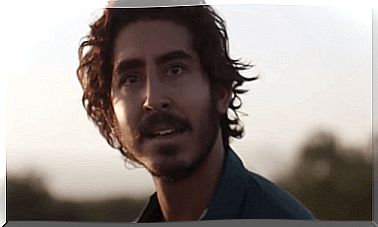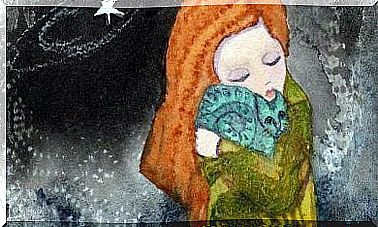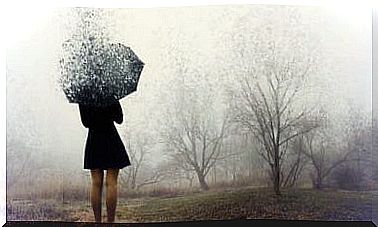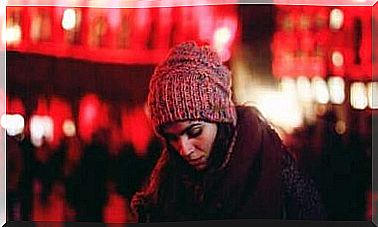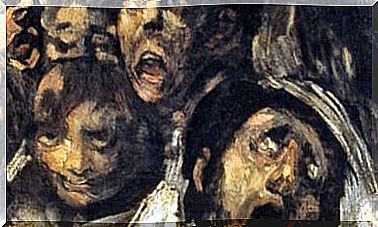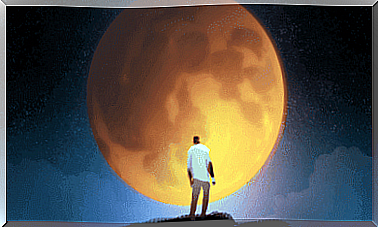Hermann Rorschach’s Interesting Life
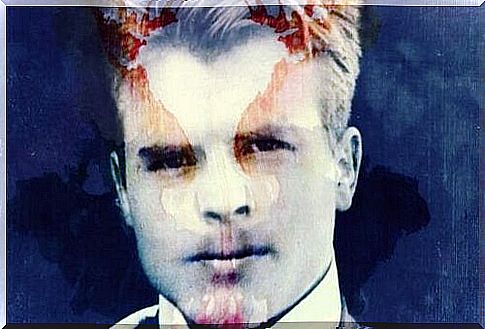
Hermann Rorschach was a doctor and psychiatrist of the first generation of Freudian psychoanalysts. He became famous all over the world for the test that was finally named after him: the Rorschach test.
Rorschach was born in Zurich, Switzerland in 1884 into a modest family. His father was a simple painter who made his living taking private art lessons. Hermann Rorschach also showed an early interest in drawing. He liked a technique called “flexography”.
“Diagnostics are used to identify the patient’s suffering.”
Juan Gérvas
Hermann Rorschach also liked to play a game in which paper was smeared with ink and then folded. He liked creating unique and fun characters. Because of this, his friends often referred to him as Klek , which means “stain”.
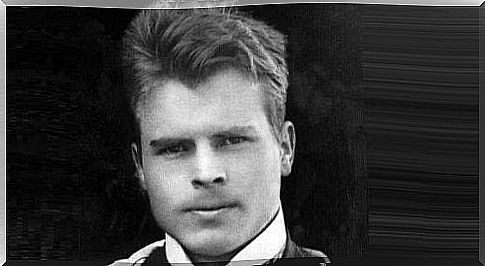
Hermann Rorschach, doctor and psychiatrist
Hermann Rorschach initially hesitated about the profession he wanted to pursue. Although he was interested in biology as well as art, he eventually chose medicine. He graduated in 1909 and soon specialized in the field of psychiatry.
During his psychiatry studies he had renowned psychoanalysts such as Eugen Bleuler and Carl Gustav Jung as teachers. Hermann Rorschach enjoyed the psychoanalytic ideas of his time and did not give them up later. He found the subject of diagnosis particularly interesting. He was the one who eventually coined the term “psychodiagnosis”.
Later he worked as an assistant doctor in several hospitals. Eventually he was promoted to clinic director, and in this position he worked, for example, in Munterlingen on Lake Constance, Munsingen near Bern and Herisau in the canton of Appenzell. This broad clinical experience helped him design his famous test.
During these years he read the book The Romance of Leonardo da Vinci by Dmitry Merezhkovsky (in German: The Affair of Leonardo da Vinci , not available in German), which was published in St. Petersburg in 1902. A passage in which one of the characters, Giovanni Boltraffio, followed some damp spots as a trail, drew his attention. The text says: ” Often on the walls, in the connection of stones, in cracks, in the mold drawings of standing water … I have found similarities with beautiful places, with mountains, with steep peaks .”
The Rorschach test
Hermann Rorschach’s life was short. He died when he was just 38 years old. In the last three years of his life he wrote the work that is still remembered today. It dealt with the psychodiagnosis and was published in 1921. In it, Rorschach defined the basis of his test, which he called “projective”. He indicated that his goal is to explore people’s imaginary representations and encourage them to verbally express the associations they have made about some drawings.
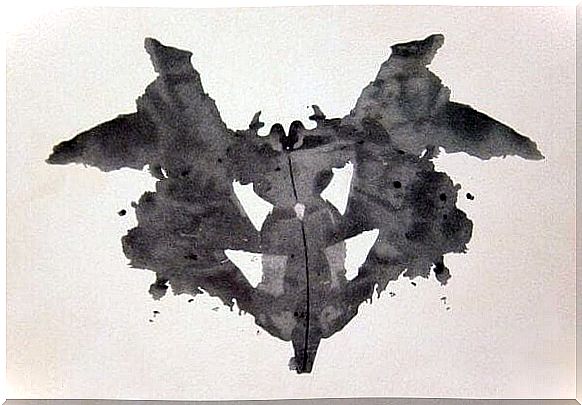
Rorschach had previously studied sleep, delirium and hallucinations in detail. Although he had always remained a follower of Freud, Carl Gustav Jung obviously had a strong influence on Rorschach. Because in his terms and his language he reminds of the latter. In the answers of his patients, Rorschach looked for inner images and traces of civilization.
He has managed to summarize these in just 40 pictures, which are apparently just “spots”. The patient examines them and then says what he thinks he sees in them. Nowadays psychiatrists and psychologists only use 15 of these images when applying the Rorschach test. At the time, however, the main objective was to determine whether the patients were neurotic or psychotic.
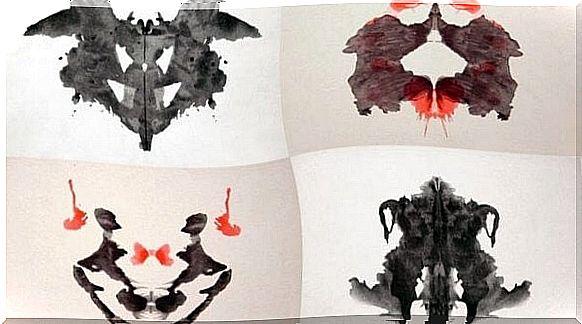
Rorschach’s legacy
Clinical psychologists often use the Rorschach test as a diagnostic tool. There are currently more uses than just determining whether a patient is psychotic or neurotic. They range from identifying the most important personality traits to assessing them during job interviews.
Forensic specialists also use this test frequently. This is simply because the specialists who defend its usefulness also believe in another consideration: the interpretation of the images is done outside of any rational control. Hence, the people to whom the test is being applied would hardly be able to manipulate the results. The Rorschach test shows deep aspects of your personality. That is why the test is still used today.
Hermann Rorschach made great contributions to psychology and psychoanalysis. Unfortunately, before his death, he did not manage to complete his work and to further develop his invented technology. Nonetheless, his work marks a before and after in the exploration of the human mind.
